A Toyota Mirai has covered more than 1,000 kilometres on a single tank of fuel, surpassing previous long-range achievements for a hydrogen fuel cell vehicle.
The journey, undertaken in France during Paris de l’hydrogène – an exhibition on hydrogen and renewable energies – started in Orly and covered 1,003 kilometres of public roads in the Loir-et-Cher and Indre-et-Loire areas, with the distance and fuel consumption certified by an independent authority.
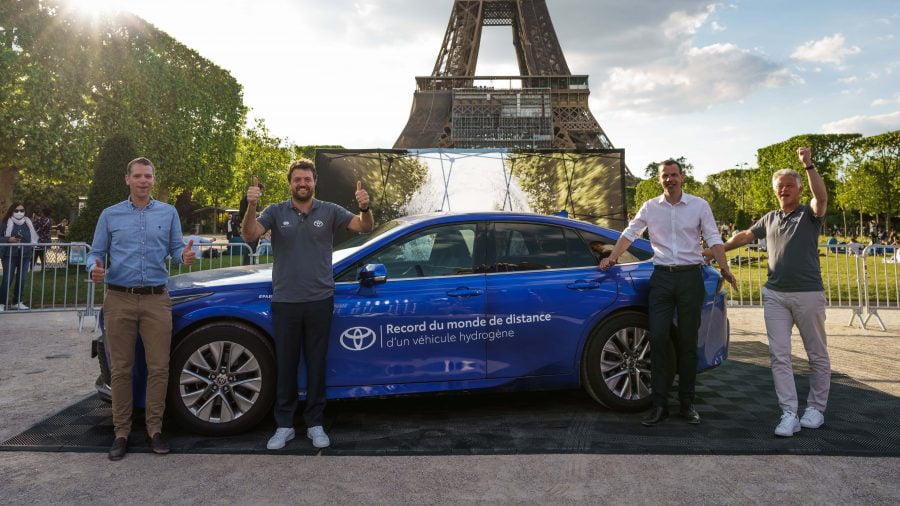
Green hydrogen was used to fuel the Mirai and overall consumption was measured at 0.55 kg/100km. Upon completing the challenge, the Mirai was refuelled within five minutes.
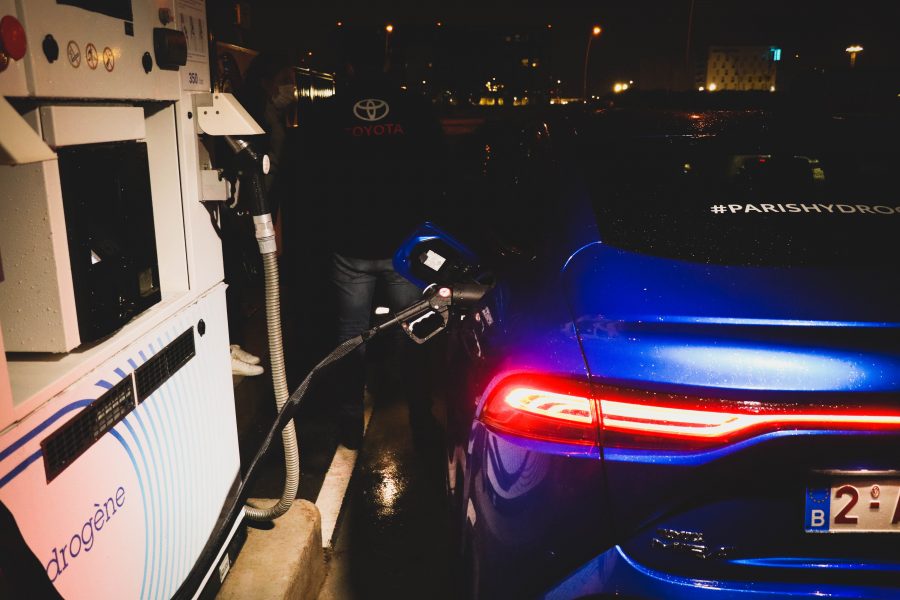
The fuel cell electric vehicle from Toyota, the new Mirai offers a 30 per cent greater range, enhanced driving performance, better fuel efficiency, and a price tag almost 25 per cent lower than its predecessor.
The increased efficiency of the fuel cell system, coupled with a 1 kg increase in hydrogen capacity gives the Mirai a certified range of approximately 650 kilometres (400 miles), under normal driving conditions. While the 1,000-kilometre marker was broken by Toyota’s drivers adopting an economical driving style, no techniques were used that could not be replicated in everyday driving.
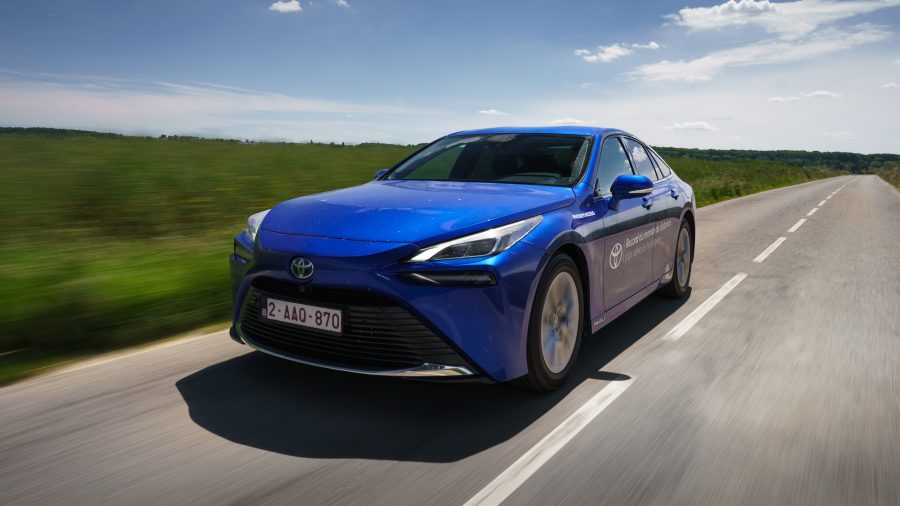
Frank Marotte, CEO of Toyota France, reflects on the achievement: “It’s an amazing result that we achieved with the new Mirai. One that embodies the mindset of Toyota’s Start your Impossible mentality of going beyond our own limits. This drives us and we proved it again today. I would like to thank the teams of Toyota France and Toyota Europe, as well as Victorien at Energy Observer, with whom we share the same vision and the same ambition. It is through strong partnerships that we will be able to contribute to a better and more environmentally friendly society.”
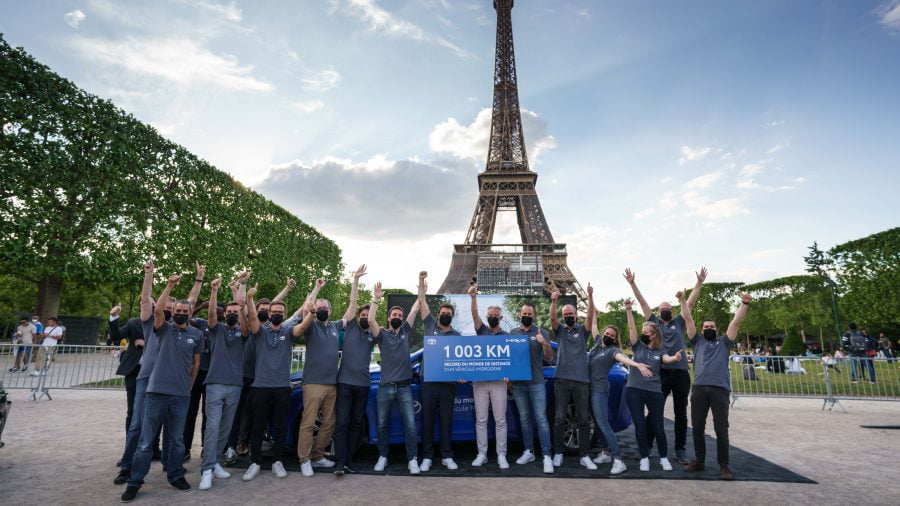
Four drivers completed the drive, including Victorien Erussard, the founder and captain of Energy Observer – a self-sufficient, zero-emission boat that uses a Toyota fuel cell stack.
As well as operating the round-the-world vessel, Energy Observer is a company that combines expeditions with investigating sustainable energy solutions. It recently presented an exhibition village dedicated to renewable energies and hydrogen in Paris.
During that event, the Eiffel Tower was illuminated using green hydrogen, thanks to the GEH2® hydrogen generator developed by the EODev start-up organisation, of which Toyota is a shareholder.
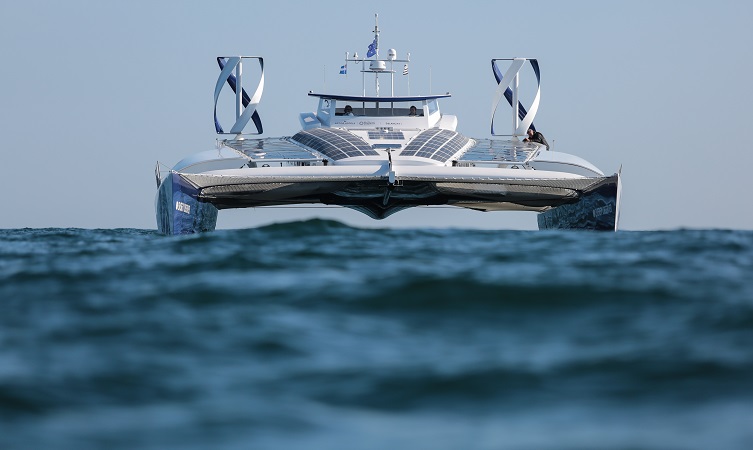
Victorien Erussad, founder and captain of Energy Observer (above), was excited by the scale of the challenge: “I am very happy to have taken this challenge of 1,000 kilometres behind the wheel of the new Mirai. Toyota has always been at the forefront of hydrogen innovation and our collaboration gets stronger year on year. As a former open ocean racer, I need to take challenges and I warmly thank Frank Marotte and his teams for taking me on this zero-emission adventure, showing that nothing is impossible and that hydrogen mobility is here today!”
James Olden, an engineer at Toyota Motor Europe, Maxime le Hir, Mirai product manager and Marie Gadd, PR manager of Toyota France were the other three drivers who completed the drive.
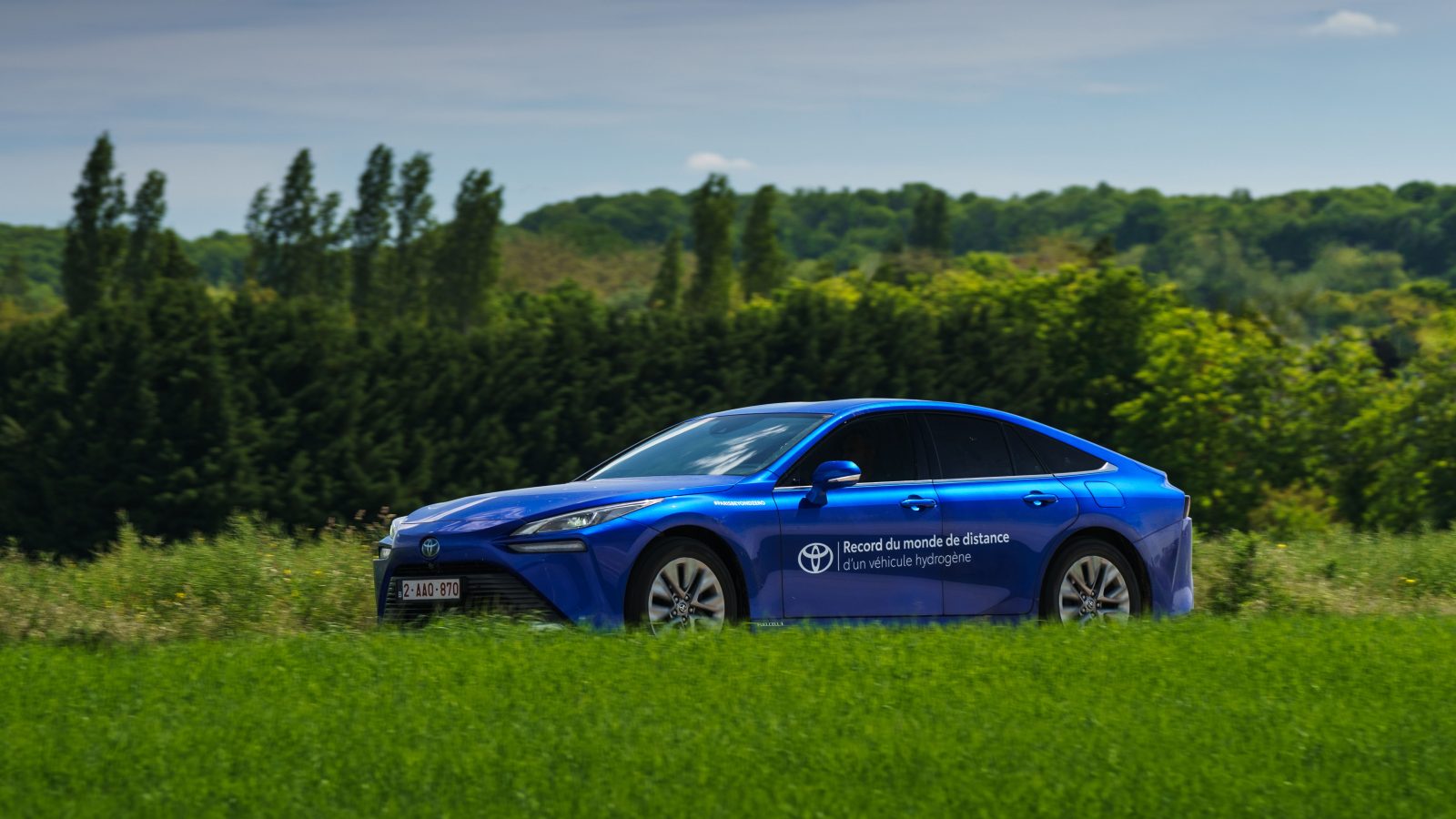
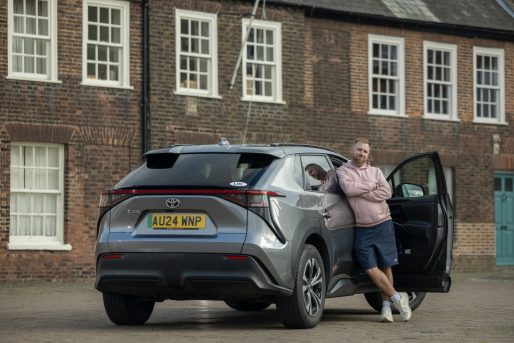



This is superb news. This tech needs to be available In small & medium vans soon as 300km range for electric Hiace is to little compared to petrol & Desil. Your aim needs to be 1400kg load, 2500kg tow capacity and 900-1000km range. Seeing this on a car is great and a good start. Now move it up the vehicle sizes to commercial.
Hi Mike,
Thanks for your interest and support. We think Proace Electric still has a place, particularly within e-commerce, where those running large fleets on local delivery routes will be able to charge regularly. In terms of hydrogen, we’re definitely looking to expand our offering, having trialled in haulage. We’re getting there!
Thanks
Hydro is definitely the way forward, with the exit of petrol coming to the uk, electric doesn’t cut it for high miles per day., and charging problems are a pain.
I would love a hydrogen car. Electric is a dead end.
Mirai is technically electric car with different fuel cell than traditional battery. It is much much easier to upgrade current charging network than creating network of hydrogen refueling station. I see that going forward parallel.
Yes great news but with initial costs and lack of refueling network. I don’t see them becoming mainstream alternatives to the combustion engine. Toyotas 2.2 d and Honda 1.6 d were two of the best engines in the world. But you stopped producing them and that whole market is be taken up the Germans and Koreans. T and H opted out to soon. What a shame.
Hi Tom,
Thanks for getting in touch.
There are pros and cons to each different form of electrification, and each of these will play a part in sustaining a zero emissions society in the medium to long term.
That is why we are taking a holistic approach, showcasing our commitment to a multi-fuel future and offering various options for customers at different stages of their electrification journey.
The previous generation Mirai completed a journey from John O’Groats to Land’s End, and we hope to see more achievements like this in the future for hydrogen technology :https://mag.toyota.co.uk/mirai-marathon-maps-uk-hydrogen-fuel-future/.
Thanks.
What an amazing step forward. We need every single factory in the world to have solar panel roofs to power onsite electrolysis and plenty of green hydrogen for its employees and surrounding motorists. This is definitely the beginning of a bigger revolution.
Great news on the 1000 km trip.
Now we need to see a lot more investment in small ICE Hydrogen cars, the infrastructure for the production of these engines is already there and would save billions(?) of tons of carbon building a whole new industry to produce any of the alternatives.
Go for it Toyota!
What an amazing step forward, 1000 km trip on the Mirai is an amazing result. Well Done to all involved.